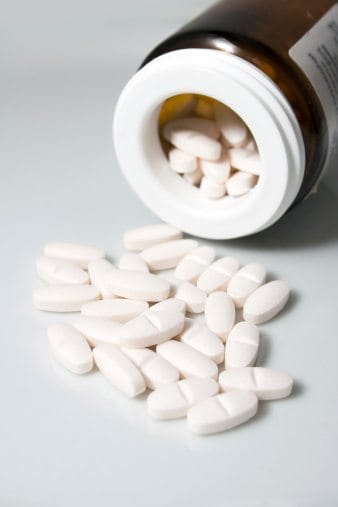 Photo: Getty
Photo: Getty The study, published in the Annals of Allergy, Asthma and Immunology in 2017 looked at the results of 6,377 oral food challenges over a five-year span from five practices in Houston, Pittsburgh, Seattle, Boston and Indianapolis. The majority of the patients were under the age of 18.
About 14 percent of patients experienced what the researchers call a mild-to-moderate reaction, which included symptoms such as hives, abdominal pain, shortness of breath or vomiting. Those reactions weren’t classified as anaphylaxis because they involved only one part of the body and were treated with antihistamines. The study is said to be the largest national survey of oral food challenges.
Food Challenges the ‘Gold Standard’
Lead author Dr. Kwei Akuete said oral food challenges remain the “gold standard” for food allergy testing. “Our study showed oral food challenges are safer than prior studies estimated, and that oral food challenges should be routinely used to help determine if a food allergy exists,” said the associate professor of pediatrics at Baylor College of Medicine in Houston.
Dr. Carla Davis, an allergist at Texas Children’s Hospital, says these challenges improve the quality of life for allergic patients. “It’s important to have an accurate diagnosis of food allergy so an allergist can make a clear recommendation as to what foods you need to keep out of your diet,” said Davis, the study’s senior author. “And if no allergy exists, that clears the way to reintroduce foods you may have thought were off-limits.”
Oral food challenges are done to confirm an allergy diagnosis by having a patient actually consume an amount their suspected allergen under medical supervision. The test begins with a patient eating a low dose of the food, less than what is expected to cause a reaction. The patient will continue to receive gradually increasing doses of the food and be monitored for any signs of an allergic reaction.





